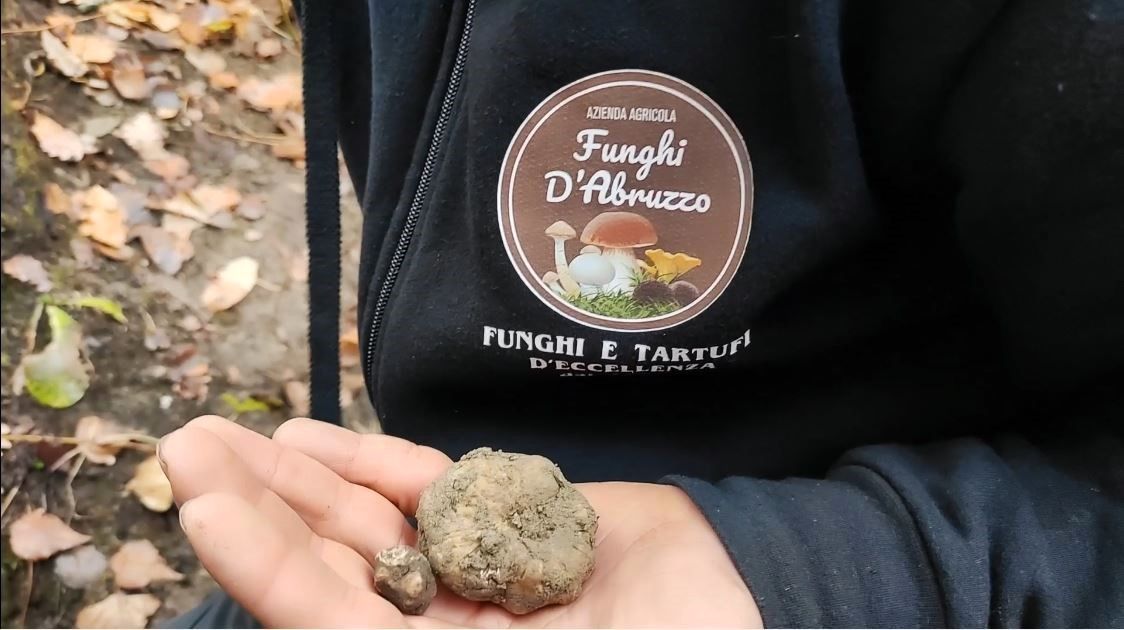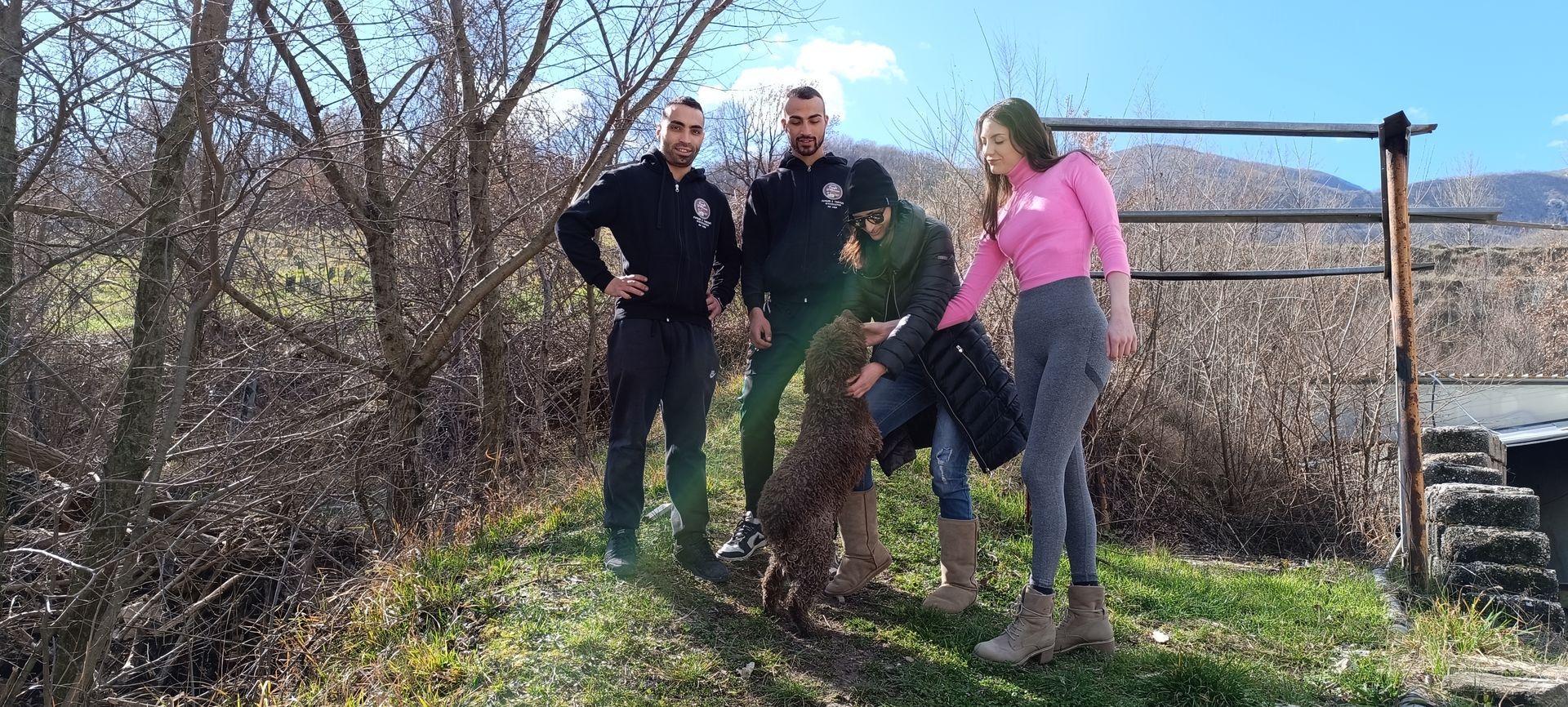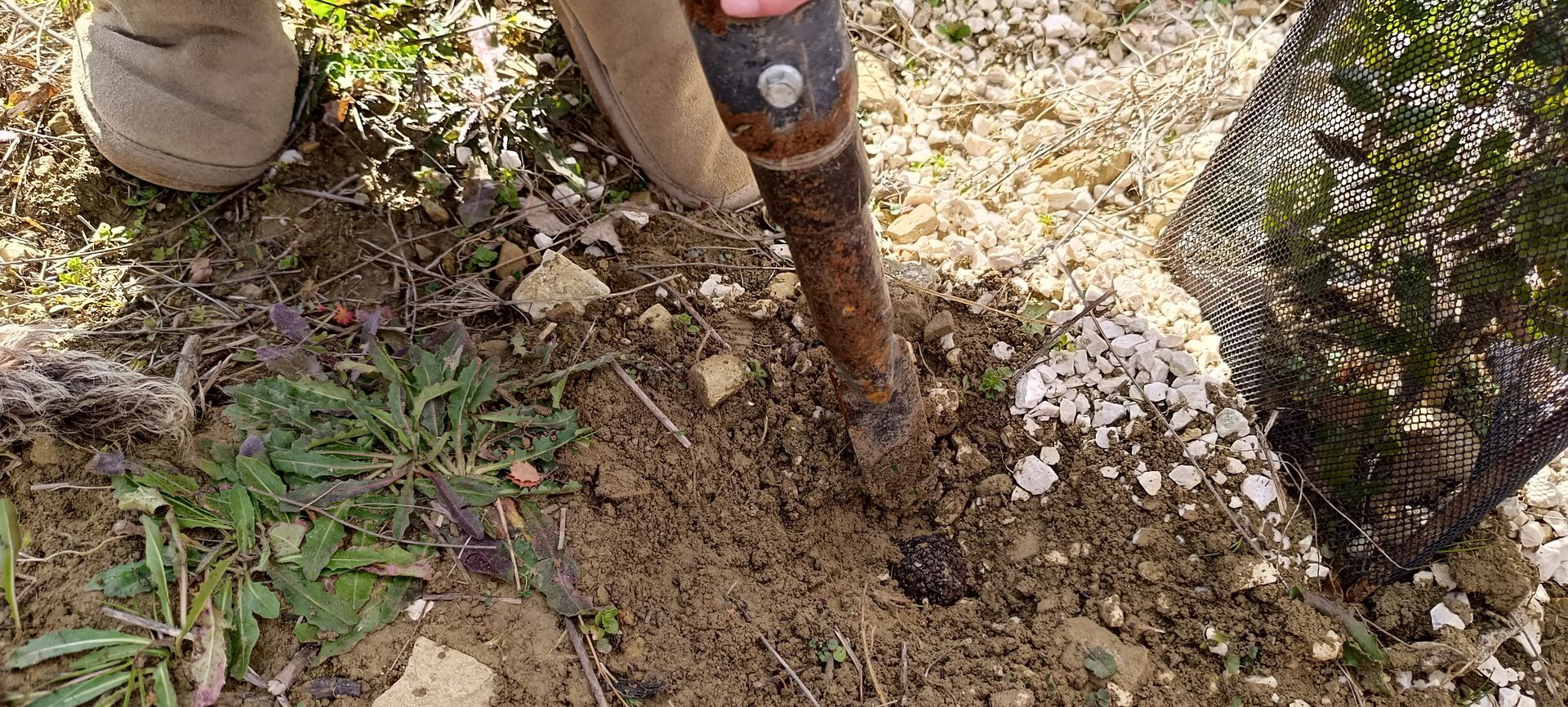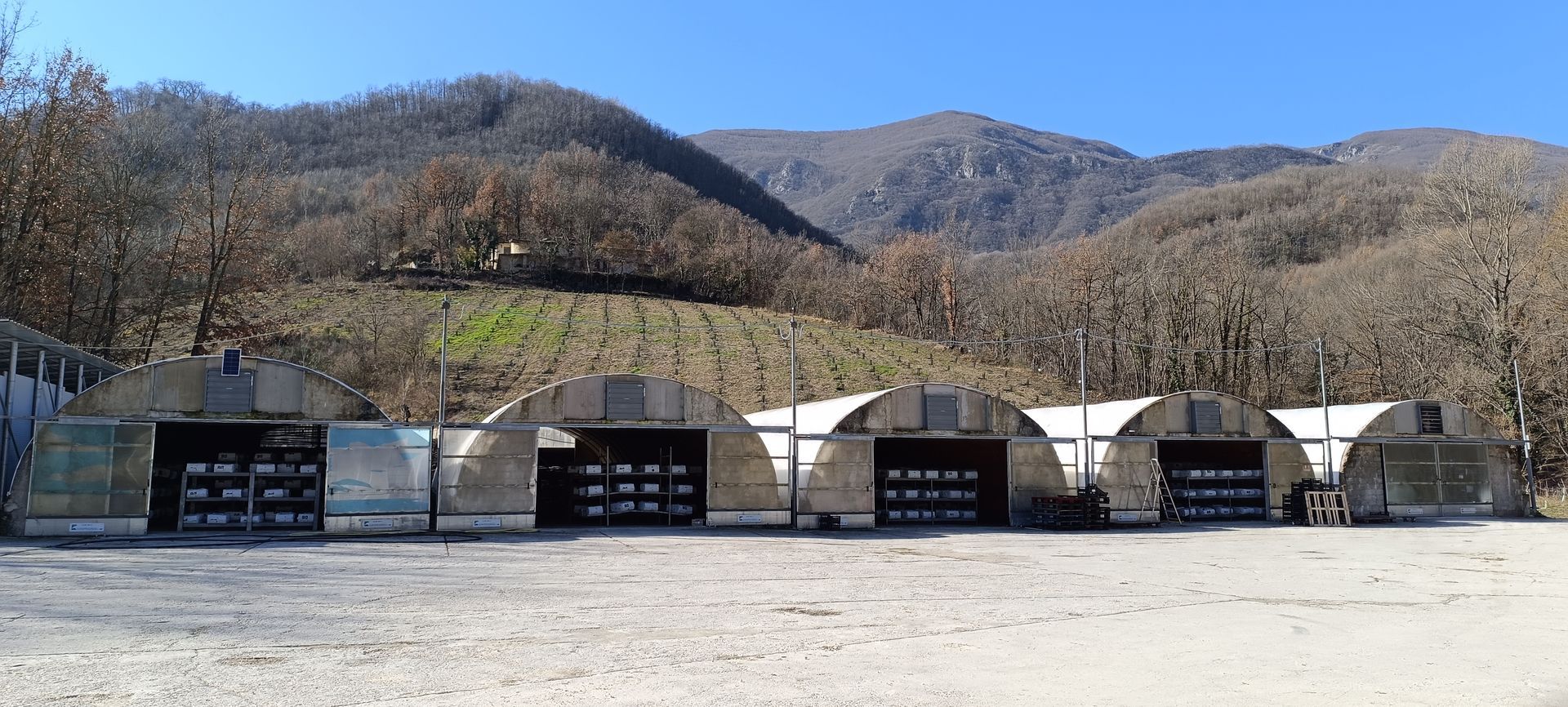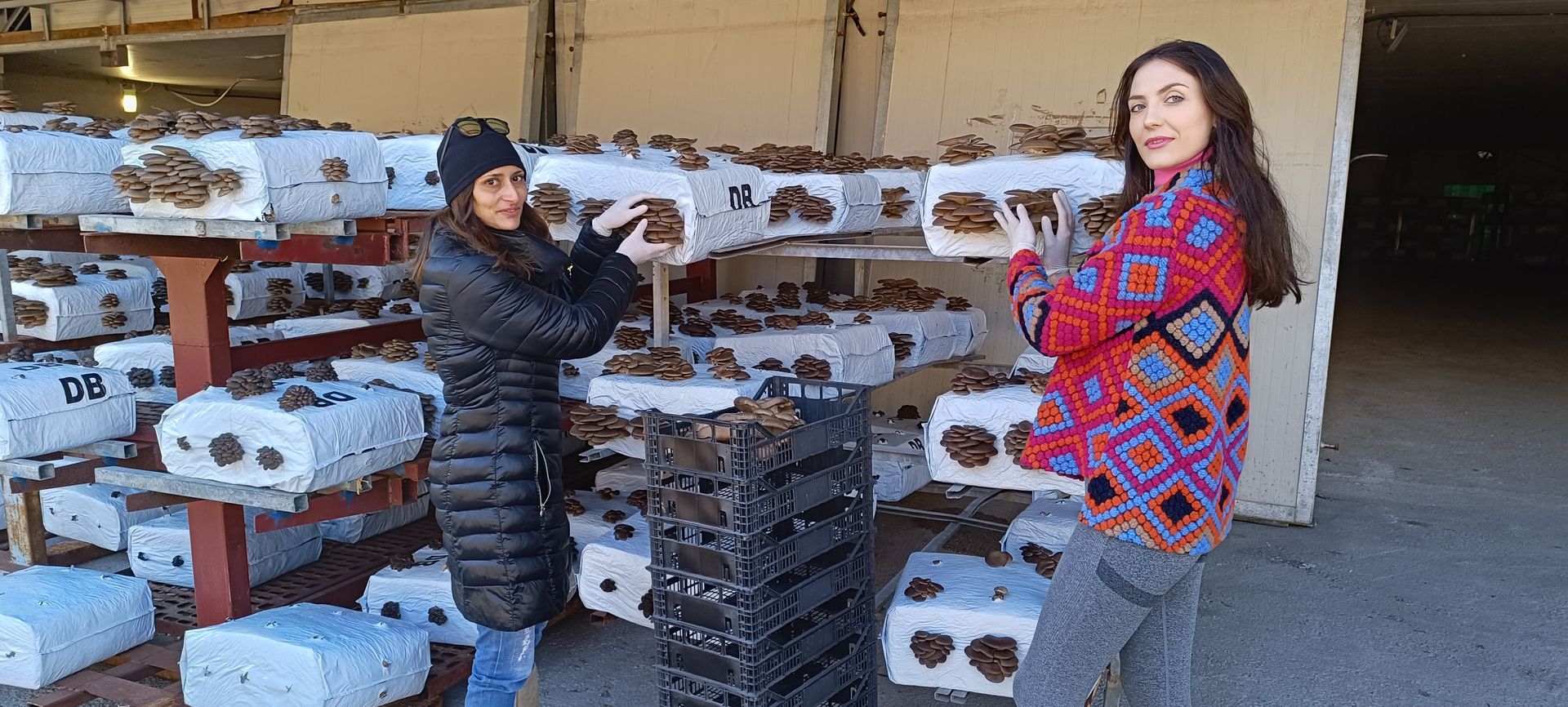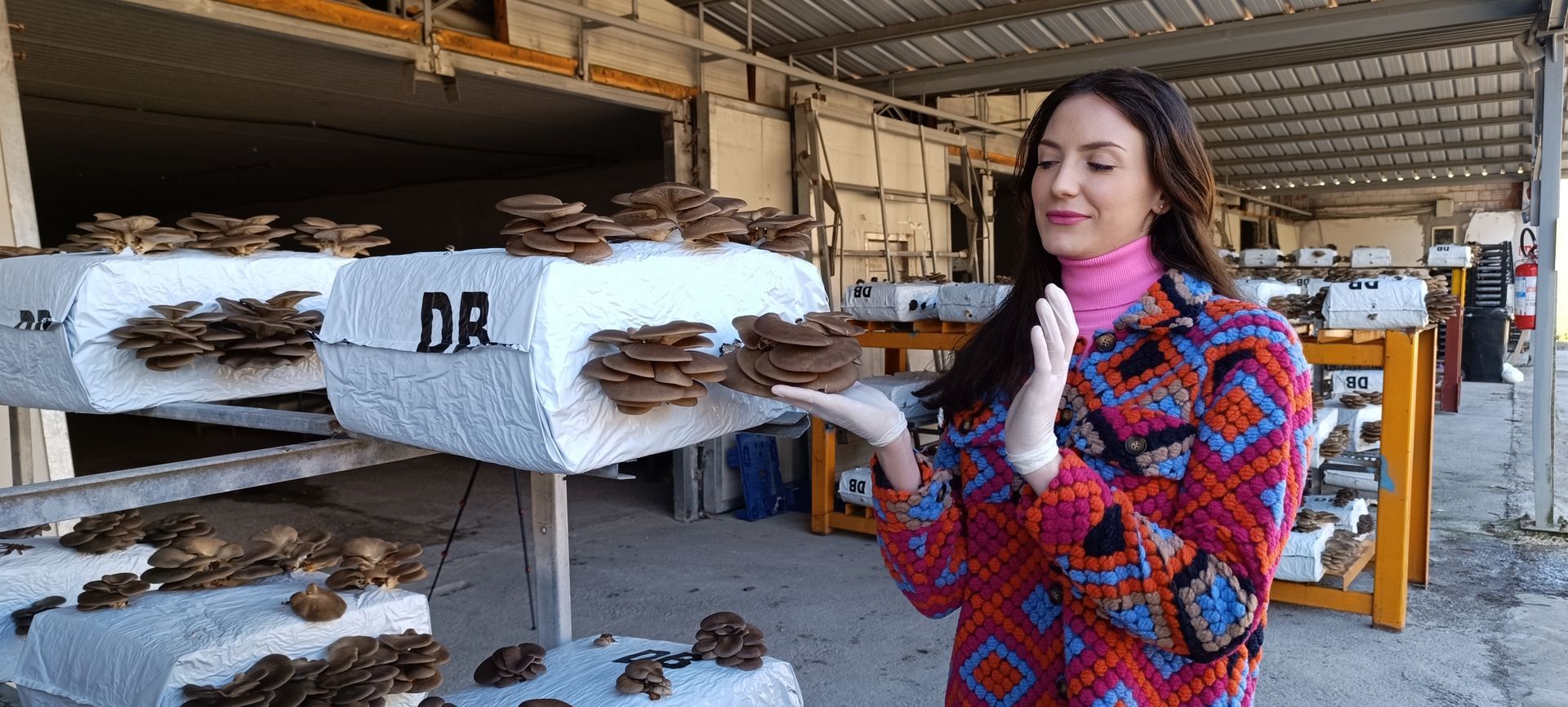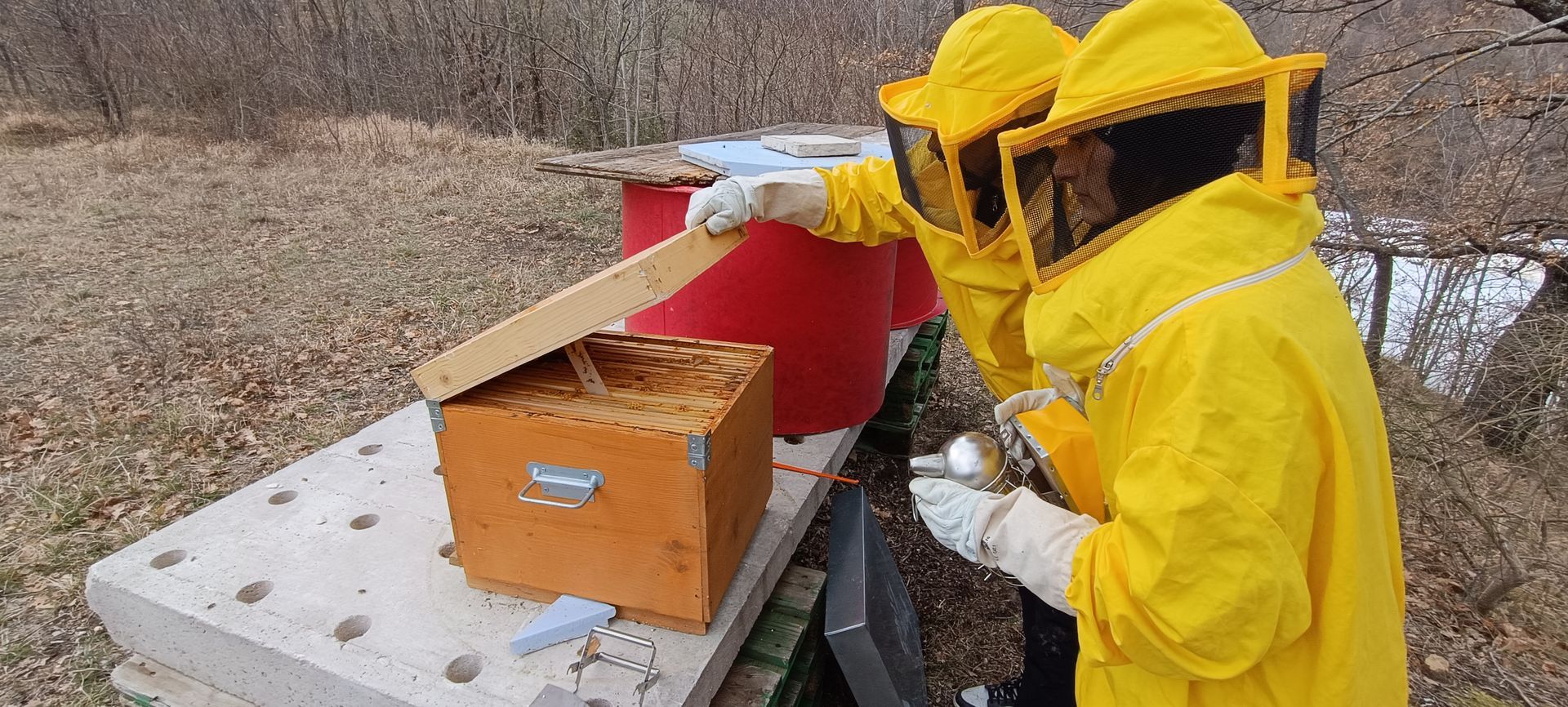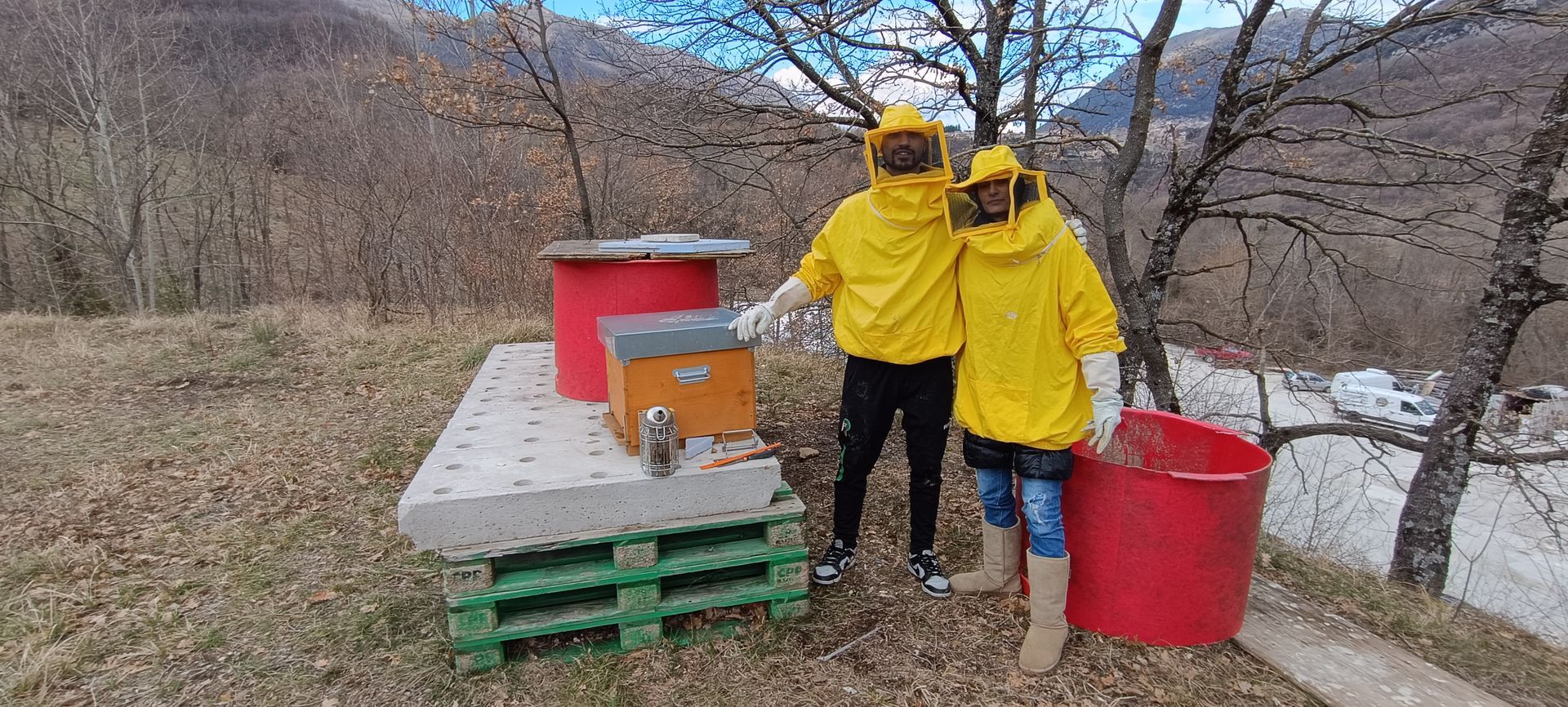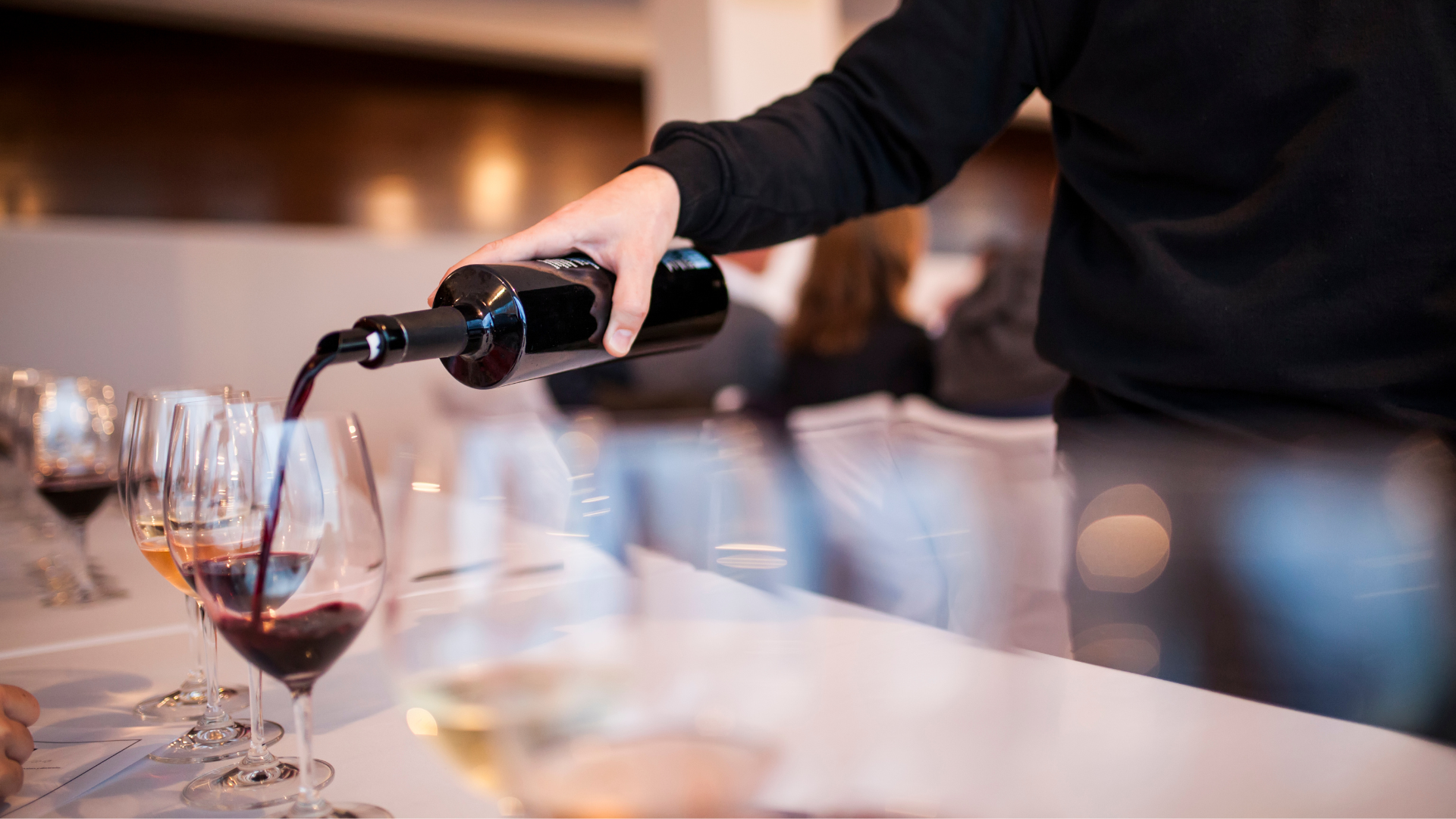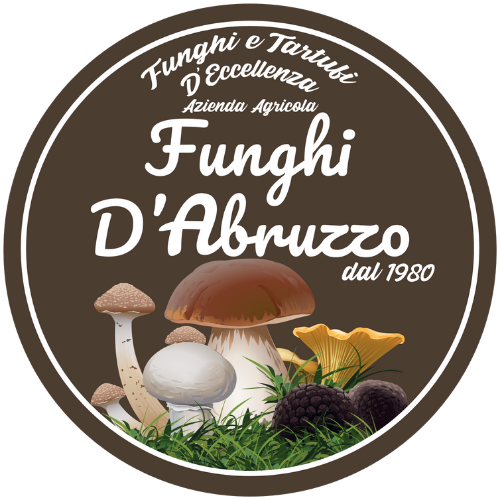EXPERIENCES
Experience an unforgettable experience!
How do mushrooms grow?
Mushrooms do not require soil, but an organic substrate rich in cellulose and lignin, which is their source of nutrition. The substrate is "seeded" with the mycelium of the desired mushroom. The mycelium is the vegetative system of the mushroom, often fed on cereal grains (such as rye or millet). This inoculum is distributed and mixed evenly within the bales or substrate. The inoculated bales are placed in an incubation room for about 10-20 days (the duration varies depending on the species). During this phase, the mycelium develops and colonizes the entire substrate, transforming it into a compact body. Once the mycelium has colonized the bale, it is necessary to stimulate the formation of the fruiting body (the actual mushroom), for example, through an environmental shock. After the shock, the mushrooms begin to develop (the "trimming") and grow in successive cycles called "flushing" (trimming or harvesting). The mushrooms are harvested by hand and delicately, often in several passes a day, to ensure they are picked at the optimum point of ripeness, size, and freshness.
The role of the truffle hunter
The truffle hunter knows the "truffle spots," meaning the woods, lands, and areas suitable for the growth of this underground fungus. These places are often characterized by the presence of specific trees, called symbiotic plants, such as oaks, holm oaks, poplars, lime trees, and hornbeams, with whose roots the truffle lives in symbiosis. When the Lagotto dog smells the truffle, it begins to scratch the ground with its paws, thus signaling its location. The truffle hunter then intervenes with a special tool called a spade or "zappino." Very delicately, he extracts the truffle from the soil without damaging it. This operation requires precision and care to avoid damaging the mushroom and to preserve the mycelium, the vegetative system of the truffle that allows for its future regrowth. After digging, the truffle hunter always rewards his dog with a treat. This strengthens the bond between the two and encourages the dog to continue searching with enthusiasm.
How is honey produced?
Honey production begins with worker bees called foragers. Bees collect nectar (a sugary solution secreted by plants, composed primarily of sucrose and water) from flowers using their ligule (a kind of proboscis). The nectar is then temporarily stored in an organ called the honey sac (or ingluvia), which is different from the stomach. During the return flight to the hive, and once the nectar has been deposited in the cells, the bee regurgitates the nectar, mixing it with enzymes present in its salivary glands, thus starting a biochemical process. When the honey has reached the right consistency and the water content has decreased to the optimal level, it is ready for long-term storage. The bees then seal the cells filled with mature honey with a thin layer of wax, called the operculum. This "capsule" serves to protect the honey from moisture and bacteria, preserving its freshness and quality. The beekeeper, when working, must always ensure that the bees have enough honey to survive.
How does it work?
Would you like to participate?
ANSWER THE SURVEY OR BOOK NOW






